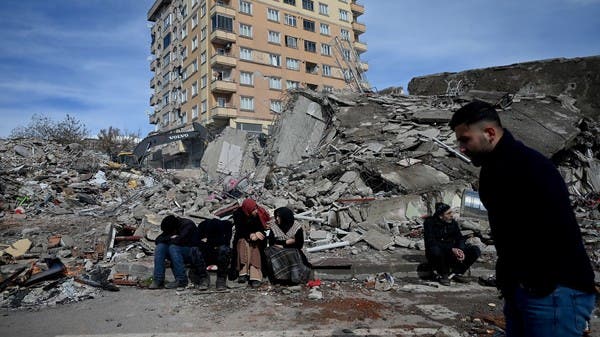Canon
Canon today launched a total of two new entry-level mirrorless cameras, including the full-frame EOS R8 and the APS-C EOS R50. Among them, the 24MP R8 is the cheapest full-frame camera in the Canon family, but it still provides 4K/60p video shooting without cropping, Dual Pixel autofocus and continuous shooting with electronic shutter up to 40fps. However, in order to reduce complexity, it only has a rear mechanical shutter curtain, but no front mechanical shutter curtain. In the electronic front curtain mode, it only has a continuous shooting speed of 6fps.
EOS R8 basically copied the photoreceptor, image processor and focusing system of R6 Mark II, which can automatically recognize people (body, face, eyes), animals (dogs, cats, birds, horses) and vehicles (vehicles, motorcycles) cars, planes, trains). However, R8 has also simplified some functions. For example, it does not have a joystick for selecting the focus point, but directly clicks on the screen to operate. When your eyes are on the viewing window, the operation may be slightly limited. . An alternative is to use the four-way pad to move the focus point, but that’s still not as quick as the jog. Its cache can hold up to 100 C-RAW + JPEG photos and is equipped with a single UHS-II card slot for storage.
Canon
In the part of video shooting, you can choose 4K/60p or 1080/180p, which is quite good performance for its price. It also offers 4K/30p ALL-I recording at bit rates up to 470Mbps, with options for 10-bit HDR PQ or Canon Log-3 video. The shooting time of the fuselage itself is limited to 2 hours, but in practice, 4K/60p or 1080/180p shooting will be limited to about 30 minutes due to heat.
Other features include a micro-HDMI port capable of outputting 4K/60p, headphone and microphone jacks, and USB webcam support. Its flip-out screen is 3 inches in size and has a resolution of 1.62 million dots, while the OLED viewing window has a resolution of 2.36 million dots. Compared with the R6 II, the R8 lacks the five-axis anti-shake in the body, but it can still rely on the optical anti-shake provided by the lens to compensate.
Canon
EOS R8 is expected to be launched in spring, priced at US$1,500. If combined with the full-frame RF 24-50mm f/4.5-6.3 IS STM lens group announced at the same time, it will be US$1,700.

